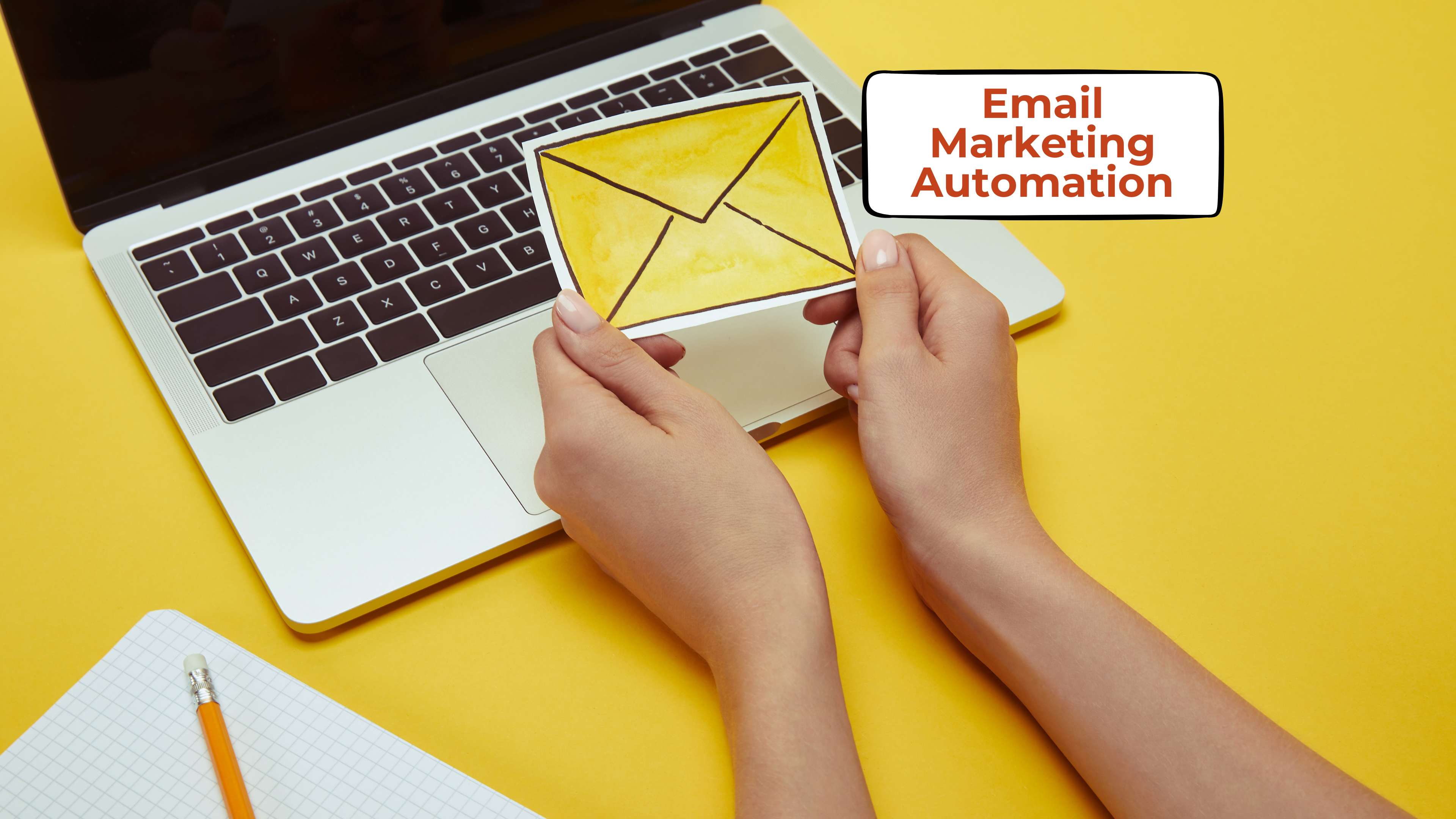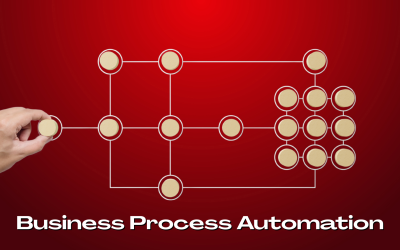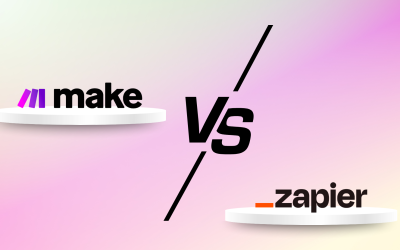Email Marketing Automation
The simple newsletter has been replaced by much more in email marketing. You may engage subscribers and expand your audience lists in many ways thanks to the proliferation of email tools, targeting tactics, and customer data.
Email marketing automation is a sequence of actions that are triggered at different points in the customer journey to send a customized email to the consumer automatically. Each email is customized to each interaction, allowing the buyer to progress naturally through the sales funnel.
Businesses may concentrate more time and resources on expanding their businesses by automating their strategic marketing efforts using email marketing automation.
What is Email Marketing Automation?
Email marketing automation is the technology that allows you to create an email campaign that delivers consumers customized content regularly, and automatically. Every customer’s activity is monitored, and an email tailored to their interests is sent to them as soon as a certain trigger is met.
For example, suppose you would like to send a welcome email to every person who registers through your landing page. You can simply set up an email automation pipeline that sends out a welcome email to everyone who clicks “sign up,” saving you the trouble of manually sending emails to each individual.
Assume you want to automatically send a follow-up email to every person who abandons a cart at your business. All you need to do is set up an abandoned-cart workflow once, and everybody who initiates it will receive a personalized email from your email automation provider every time. It’s cool, isn’t it? It is also extremely productive and efficient.
Email marketing automation enables you to continue creating relationships with your subscribers over time. You will choose your campaign’s target audience and goal as you plan it. You will then need to determine the quantity of emails to send and the frequency at which your clients will get them. Your campaign’s emails will start sending out automatically after you plan it.
Benefits of Email Automation:
It’s easy to see why most companies use a form of email automation. Nobody is going to sit down and laboriously copy and paste a message to thousands of subscribers by email, after all. Yet, there are a lot of advantages to email marketing automation that aren’t immediately apparent.
1. Enhance your marketing strategy:
You can quickly develop a series of requirements and triggers to move each user through your marketing funnel depending on their activities by using email automation. This approach is not only easier but also more effective than trying to implement your marketing plan manually.
Email automation, for instance, eliminates the hassle of manually contacting every client after identifying who made a transaction during the past seven days every week. Alternatively, you can easily configure your systems to send a certain email to every consumer who makes a purchase.
2. Lead nurturing:
Any successful relationship requires work and patience to develop. You can’t expect to bond with every person you meet immediately, nor can you reveal all that makes you amazing on a first date. It’s important to move slowly. You can achieve so while cultivating relationships with customers by using email automation.
Depending on their engagement levels, site visits, and other factors at various points in the purchasing cycle, you may send triggered emails to buyers to nurture them.
3. Better User Experience:
You can customize the content of your emails to the recipient by automating the process. More relevant content and an overall improved user experience are the results of more personalization.
At its most basic, automated email personalization lets you add the recipient’s name and other information to emails automatically. It seems far friendlier to read an email addressed to “Dear Aman” rather than “Dear customer.” People are far more likely to read and act upon the contents of this automatic personalization than they would be of a generic email, even if the majority of recipients are aware of this.
Personalization can also be used to change the email’s content. For instance, you may provide location-specific information or suggest items based on past purchases that the consumer is probably interested in.
4. Always remain pertinent:
Tools for email automation keep track of every interaction a user has with the business. In addition, it has knowledge of a lead’s age, designation, and place of origin. It creates emails that are always appropriate for the receiver by using all of this information. For instance, it’s simple to build up an email campaign to remind all of the New Yorkers who have signed up for your seminar.
5. Increase Revenue:
Transactional emails are automatically sent to a user upon completion of a certain task, like downloading an e-book or checking out an online store. This kind of mailing can greatly contribute to the amount spent per client. For instance, based on the user’s previous purchase, an order confirmation email may be used to suggest further goods.
6. Create Customer Loyalty:
Tracking contacts and getting consumer feedback on how they feel about your goods or services throughout their interaction will help you measure loyalty. Employ automation to identify your brand’s followers and provide rewards for recommendations.
With the finest email marketing automation solutions, you can interact with leads in real time across many channels while maintaining consistency. Sales email automation software may also help you keep in front of prospects who are most likely to make a purchase.
Wrapping It Up:
When done correctly, email automation can be a true powerhouse that works in the background while you focus on other tasks. Naturally, you still need to make sure the content that you’re connecting to in your emails is relevant and of good quality; otherwise, you’ll be passing away this chance. Additionally, to really take it to the next level, you can generate prospects, follow up with them, and see income flow by combining email marketing automation with CRM (customer relationship management).






